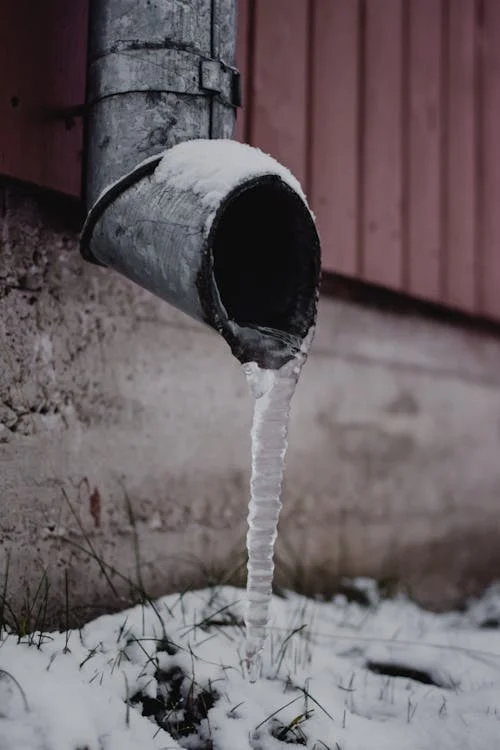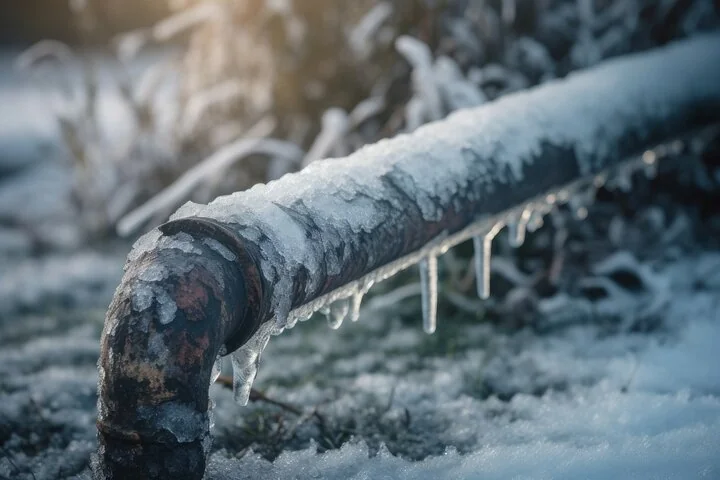How to Handle a Burst Pipe: Essential Steps for Immediate Action
Wiki Article
Preventing Ruptured Pipes: Important Tips to Safeguard Your Plumbing
Avoiding ruptured pipelines is a crucial worry for home owners, specifically throughout chillier months when the threat of freezing is heightened. Executing tactical steps such as appropriate insulation, regular examinations, and keeping consistent interior temperature levels can substantially lower the chance of pipeline failure. Furthermore, comprehending emergency situation procedures gears up homeowners to respond quickly to potential plumbing problems. Nevertheless, many are unaware of the certain vulnerabilities that their pipelines might deal with. Exploring these susceptabilities can give indispensable insights right into safeguarding your pipes system properly.Understand Pipe Vulnerabilities
Comprehending pipeline vulnerabilities is essential for efficient plumbing upkeep and stopping pricey damages. Several factors add to the vulnerability of pipelines to bursts, including material composition, age, and environmental conditions. Older pipes, particularly those made from galvanized steel or polybutylene, usually break down with time, bring about enhanced threat of leakages and ruptures.Temperature level changes can also significantly effect pipeline stability. In cooler environments, water caught in pipes can ice up, expanding and applying stress on the pipe wall surfaces, which may eventually cause a ruptured. Additionally, high water pressure can stress pipes, especially at bends and joints, increasing the probability of failure.

Insulate Pipes Properly
Proper insulation of pipes is vital for stopping cold and subsequent bursts during cool weather condition (burst pipe). Shielding your pipes system successfully safeguards versus temperature level drops that can cause pricey damages. Begin by identifying vulnerable areas where pipes are subjected to outside temperatures, such as basements, attic rooms, and outside wallsUse foam pipeline insulation sleeves or cover insulation tape around these locations to give a safety barrier. Guarantee that all sections of the pipes, particularly those with limited heat exposure, receive ample insulation. Pay unique attention to joints and installations, as these are a lot more vulnerable to freezing.
When shielding, it's vital to pick products that satisfy local building regulations and are proper for the certain atmosphere. Fiberglass insulation is frequently advised for its thermal resistance residential properties. Furthermore, consider utilizing heat wires or tape in severe conditions, which can be connected in to supply supplemental warmth
Consistently check insulated pipes for any indicators of wear or damages, as compromised insulation can reduce its effectiveness. By taking these aggressive procedures, you considerably lower the risk of pipeline ruptureds, making sure a dependable pipes system throughout the winter season.
Maintain Constant Temperature
A steady indoor temperature level is crucial for stopping burst pipes throughout the icy months. When temperatures decline, water within pipelines can ice up, expanding and developing pressure that might ultimately trigger the pipelines to ruptured.Making use of a programmable thermostat can assist manage interior temperature levels properly, ensuring that areas with plumbing continue to be cozy even when the residence is vacant.On top of that, it is prudent to permit faucets to trickle slightly throughout extreme cool spells. This minor circulation of water can stop freezing by relieving pressure within the pipelines. Additionally, throughout especially severe weather events, consider momentarily suspending any kind of nighttime problems on your thermostat to maintain a stable warm environment. By implementing these methods, home owners can considerably decrease the threat of pipe ruptureds and guard their plumbing systems against the original source the extreme winter months elements.
Consistently Inspect Plumbing
Regular evaluations of plumbing systems are important for stopping ruptured pipelines and maintaining overall home stability. Routine checks permit house owners to recognize possible concerns before they intensify right into pricey repairs or major water damages. Throughout these examinations, it is vital to examine visible pipes for indications of deterioration, leaks, or put on. Pay unique attention to locations prone to freezing, such as basements, attic rooms, and exterior walls.Additionally, inspecting joints and connections is crucial, as these factors are frequently vulnerable to leaks. Homeowners must additionally assess water stress degrees, as excessive stress can strain the plumbing system and increase the danger of pipe bursts.
Take into consideration organizing specialist plumbing evaluations at the very least annually, specifically prior to winter season, to guarantee your system is gotten ready for chillier temperature levels. Routine evaluations not only help in determining immediate worries yet likewise foster long-lasting upkeep strategies that can improve the life expectancy of your pipes system. By being proactive in your method, you visite site can guard your home versus the disruptive and costly repercussions of burst pipelines. Focusing on pipes examinations is an investment in your home's health and wellness.
Know Emergency Procedures
Recognizing emergency situation procedures is essential for every homeowner, especially after performing routine pipes examinations. Being gotten ready for a plumbing emergency situation can dramatically mitigate damage and save expenses. Find your major water shut-off valve; it is usually found near the water meter or where the primary line enters your home. Acquaint yourself with official statement its operation, as shutting down the water swiftly can stop comprehensive flooding.
Following, maintain important tools helpful. A pipes emergency set need to include a wrench, bettor, and towels, in addition to a flashlight and a pail for tiny leakages. Furthermore, think about having the call info for a trusted plumbing professional easily offered, should the scenario escalate beyond your control.
If you identify a leak or burst pipeline, right away switch off the water system and alert your plumber. In addition, record the damage with photographs for insurance purposes. burst pipe. Be mindful of the indicators of prospective pipes concerns, such as unusual water pressure fluctuations or damp places on wall surfaces
Eventually, proactive understanding and quick activity are vital in handling pipes emergency situations, guaranteeing your home continues to be secured and lessening prospective damages.

Verdict
To conclude, protecting against ruptured pipes necessitates a multifaceted strategy that consists of understanding pipeline susceptabilities, proper insulation, keeping consistent indoor temperatures, normal assessments, and understanding of emergency situation procedures. By executing these necessary approaches, the risk of plumbing failings can be substantially reduced, therefore making certain the longevity and performance of the pipes system. Positive procedures not only guard against potential damage yet likewise add to general water preservation and the security of residential or commercial property.In cooler environments, water entraped in pipelines can ice up, increasing and putting in pressure on the pipeline wall surfaces, which may eventually lead to a ruptured. When temperature levels drop, water within pipelines can freeze, expanding and producing stress that might ultimately trigger the pipes to ruptured. By executing these strategies, house owners can dramatically reduce the threat of pipe bursts and guard their pipes systems against the rough winter elements.

Report this wiki page